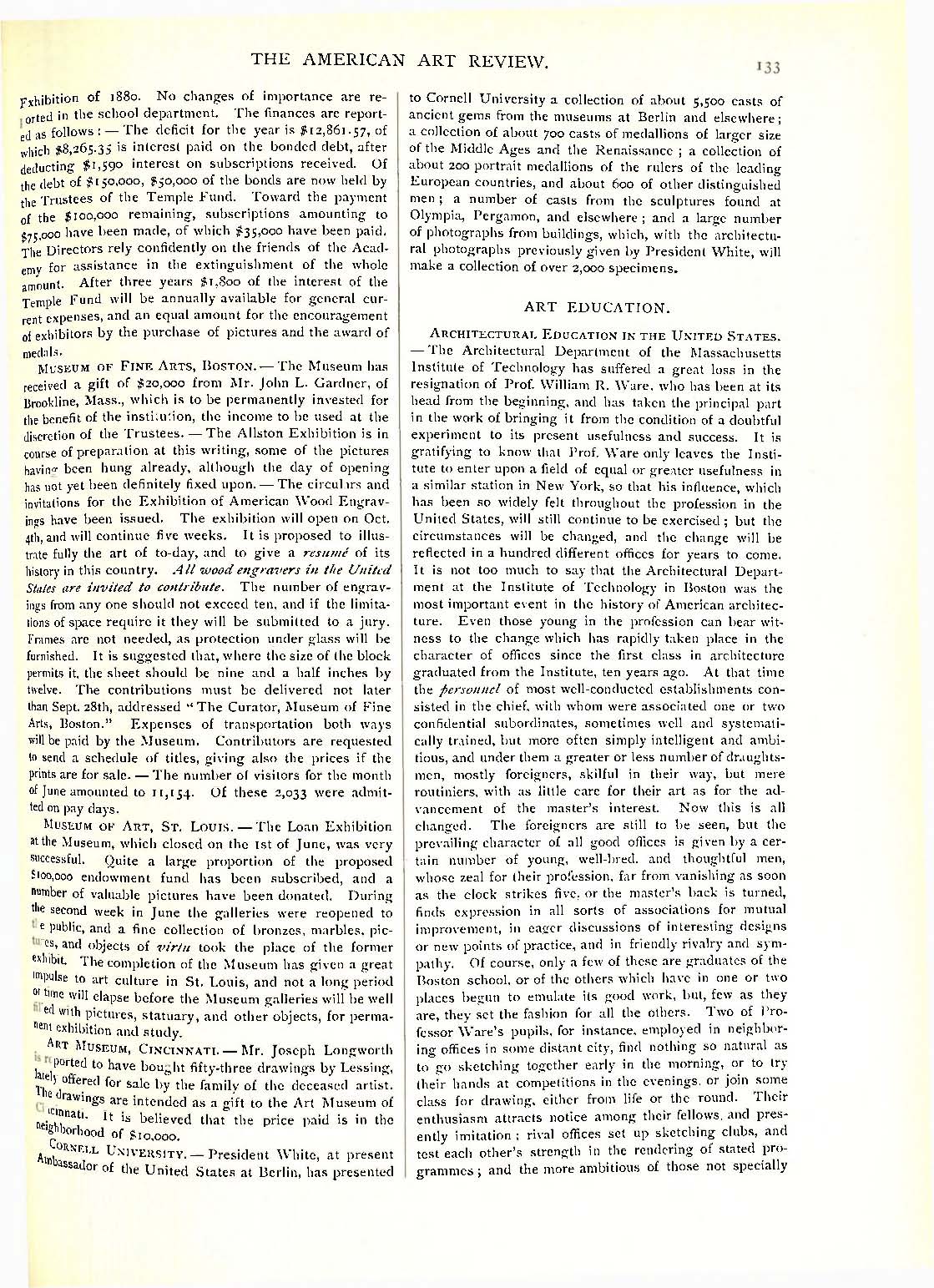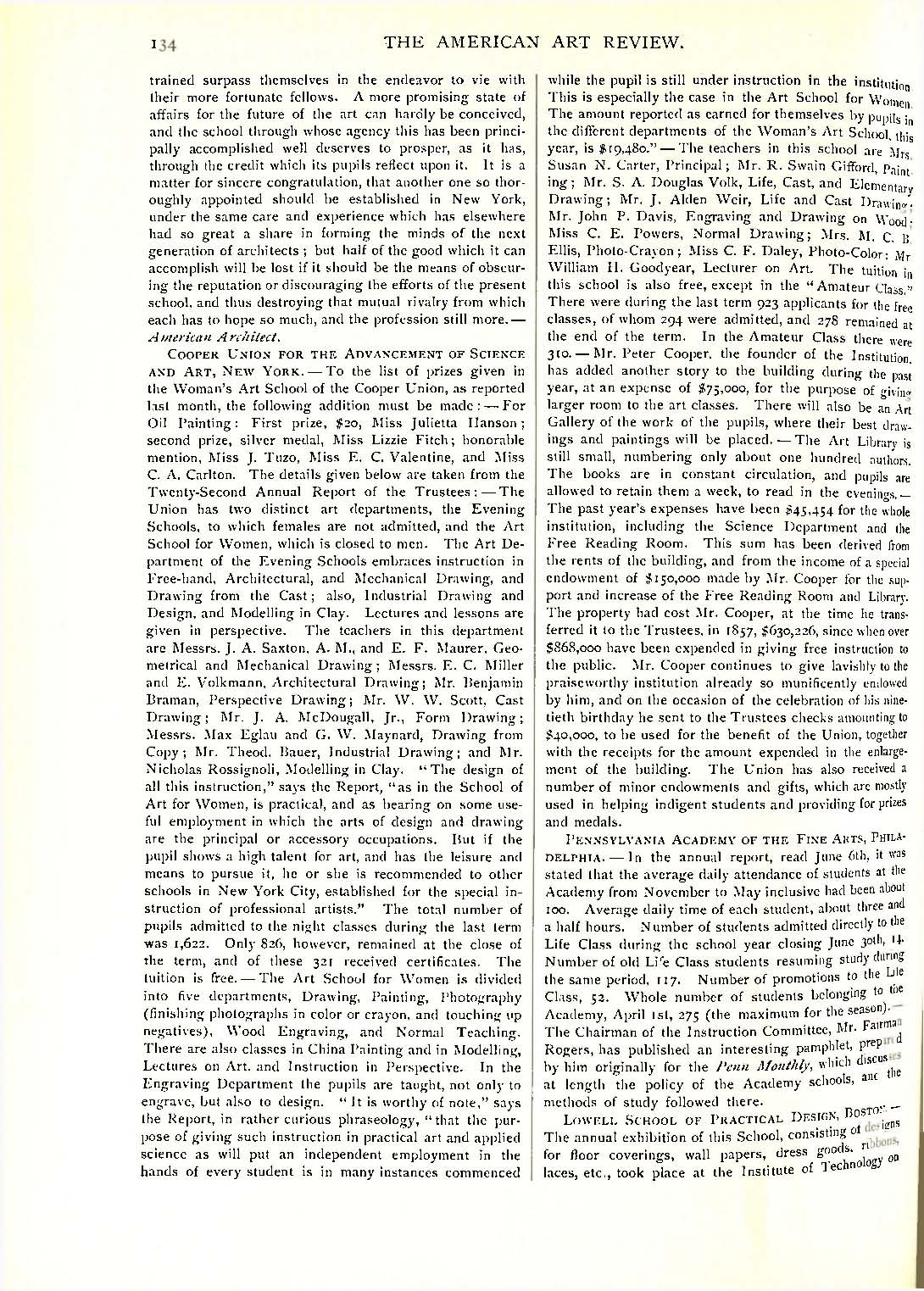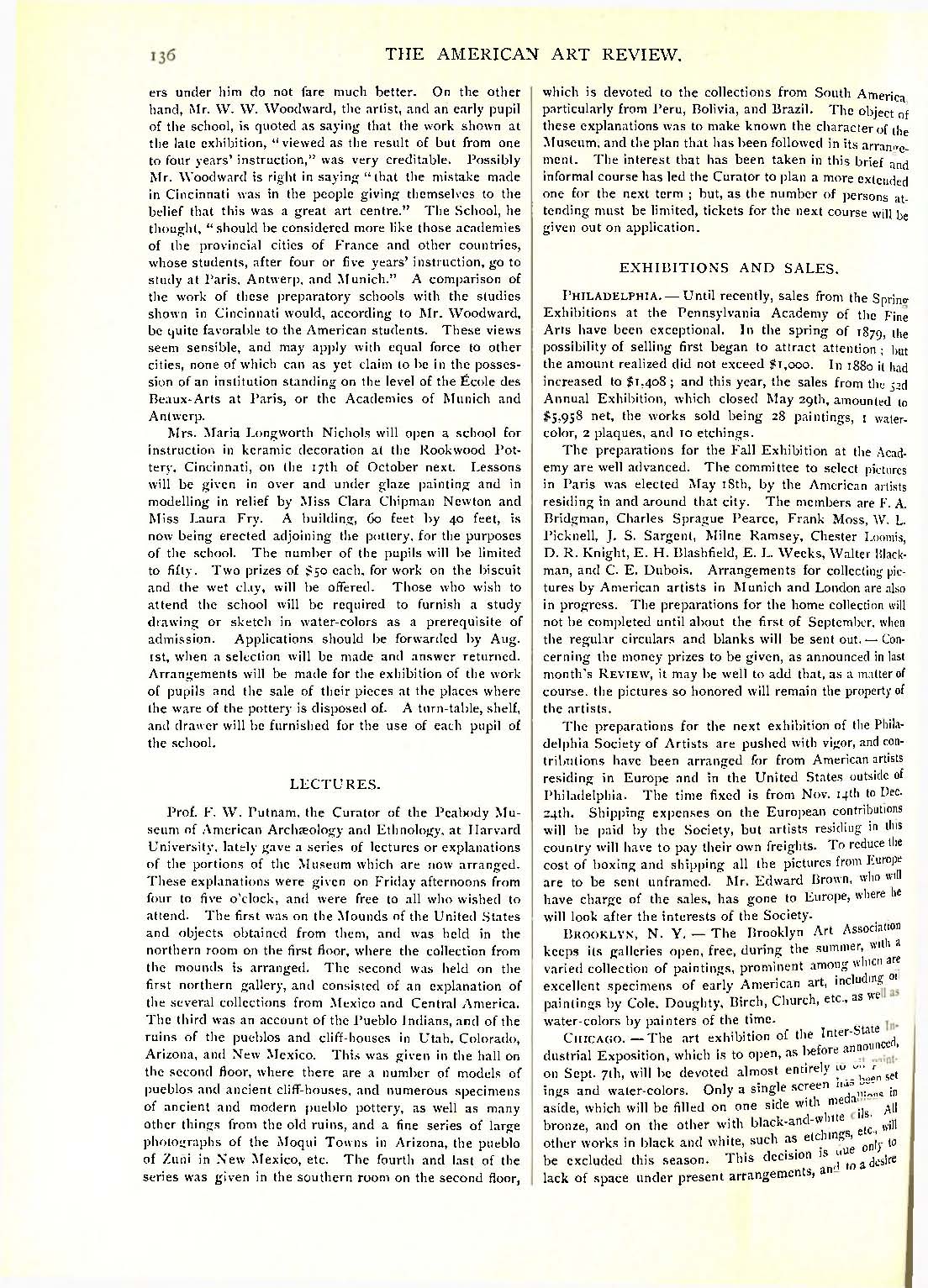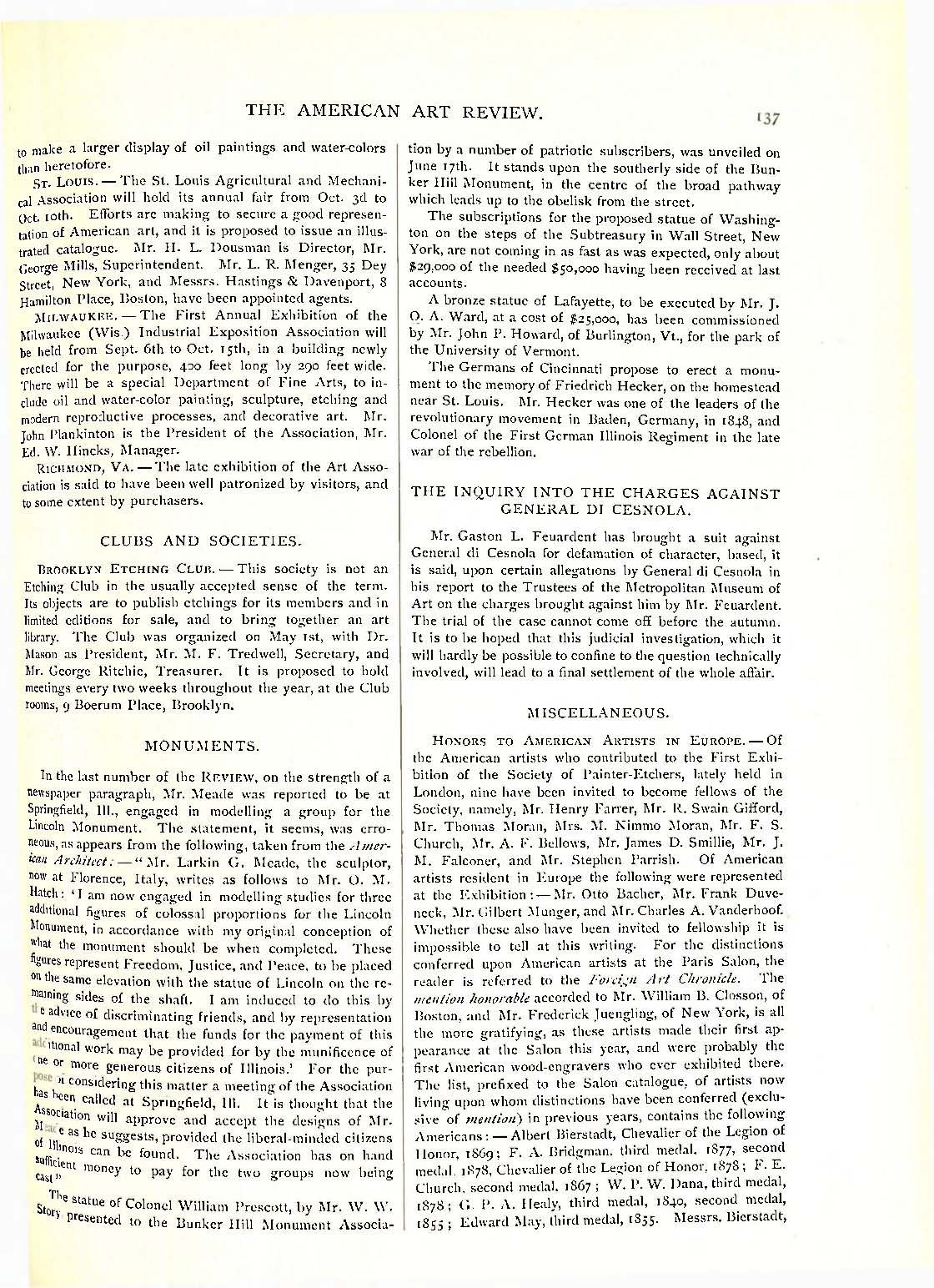2 of
You are browsing the full text of the article: American Art Chronicle
Click here to go back to the list of articles for
Issue:
Volume: 2 of The American Art Review
| The American Art Review Volume 2 Issue: 9 July 1881 Page: 131 | ||||||||||||||||||||||||||
| American Art Chronicle | ||||||||||||||||||||||||||
|

|
|
||||||||||||||||||||||||
| The American Art Review Volume 2 Issue: 9 July 1881 Page: 132 | ||||||||||||||||||||||||||
| American Art Chronicle | ||||||||||||||||||||||||||
|

|
|
||||||||||||||||||||||||
| The American Art Review Volume 2 Issue: 9 July 1881 Page: 133 | ||||||||||||||||||||||||||
| American Art Chronicle | ||||||||||||||||||||||||||
|

|
|
||||||||||||||||||||||||
| The American Art Review Volume 2 Issue: 9 July 1881 Page: 134 | ||||||||||||||||||||||||||
| American Art Chronicle | ||||||||||||||||||||||||||
|

|
|
||||||||||||||||||||||||
| The American Art Review Volume 2 Issue: 9 July 1881 Page: 135 | ||||||||||||||||||||||||||
| American Art Chronicle | ||||||||||||||||||||||||||
|

|
|
||||||||||||||||||||||||
| The American Art Review Volume 2 Issue: 9 July 1881 Page: 136 | ||||||||||||||||||||||||||
| American Art Chronicle | ||||||||||||||||||||||||||
|

|
|
||||||||||||||||||||||||
| The American Art Review Volume 2 Issue: 9 July 1881 Page: 137 | ||||||||||||||||||||||||||
| American Art Chronicle | ||||||||||||||||||||||||||
|

|
|
||||||||||||||||||||||||






